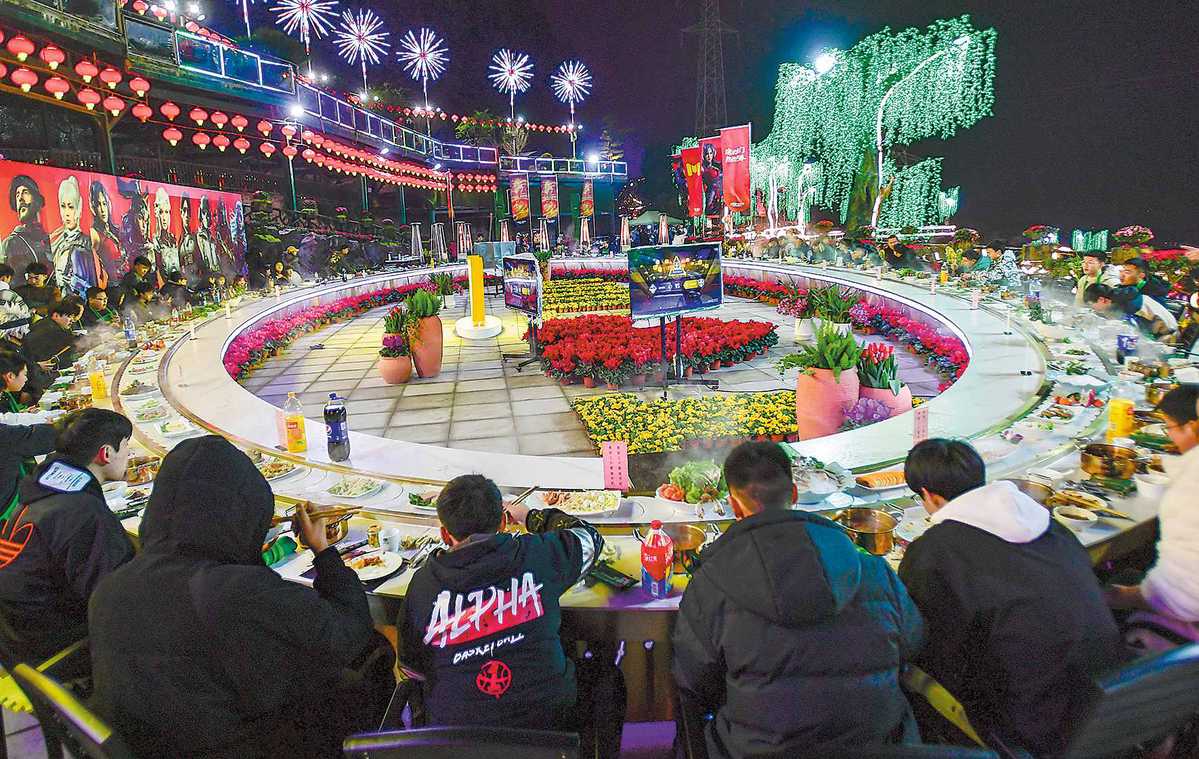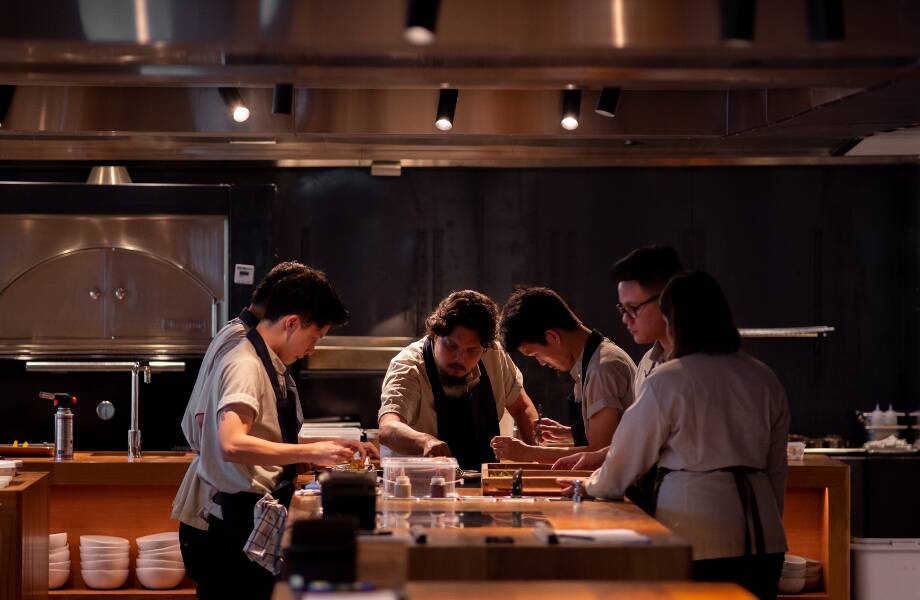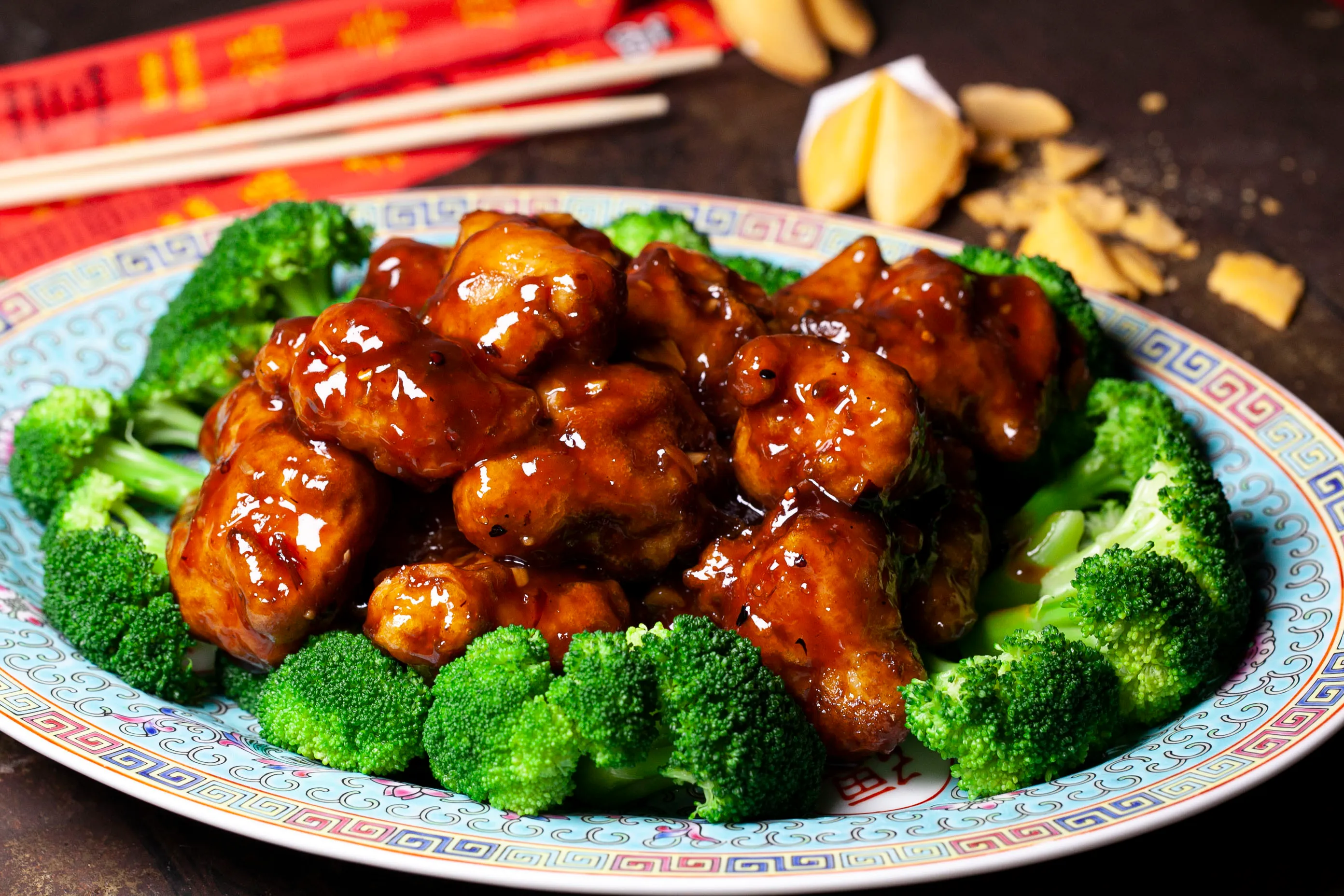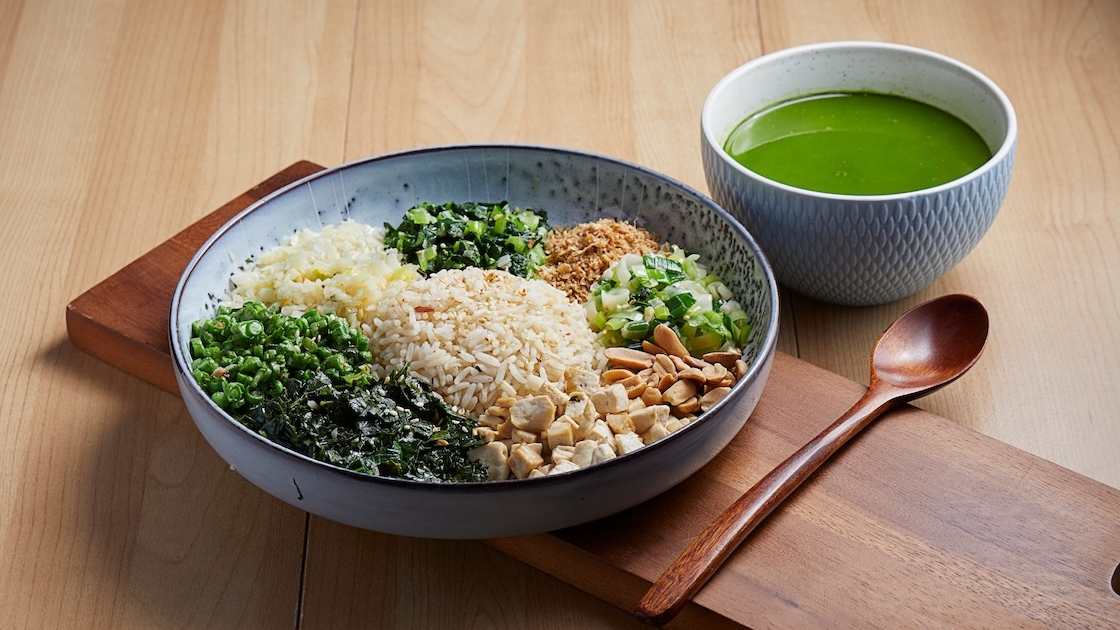In the sprawling mountain city of Chongqing, the night air carries a particular sting that has nothing to do with the weather. It’s the throat-catching, eye-watering aroma of the city’s signature dish: hotpot so spicy it should come with a liability waiver.
This isn’t your sanitized, Americanized version of Asian cuisine. Chongqing hotpot is a wonderful assault on your senses—a bubbling cauldron of chili oil and Sichuan peppercorns that numbs your face while setting your insides on fire. And locals wouldn’t have it any other way.
What began in the 1920s as humble meals among dock workers has transformed into massive festivals and global expansion. Street vendors initially sold it from shoulder poles in Jiangbei District, serving cheap beef tripe and offal in spicy broth from partitioned clay stoves before restaurants adopted it in the 1930s.
Today, the dish represents far more than sustenance—it’s a symbol of reunion and cultural identity. The upcoming International Hotpot Industry Expo expects over 120,000 attendees, while chains like Liuyishou Hotpot operate 1,200 global outlets, proving that what was once street food is now serious business.
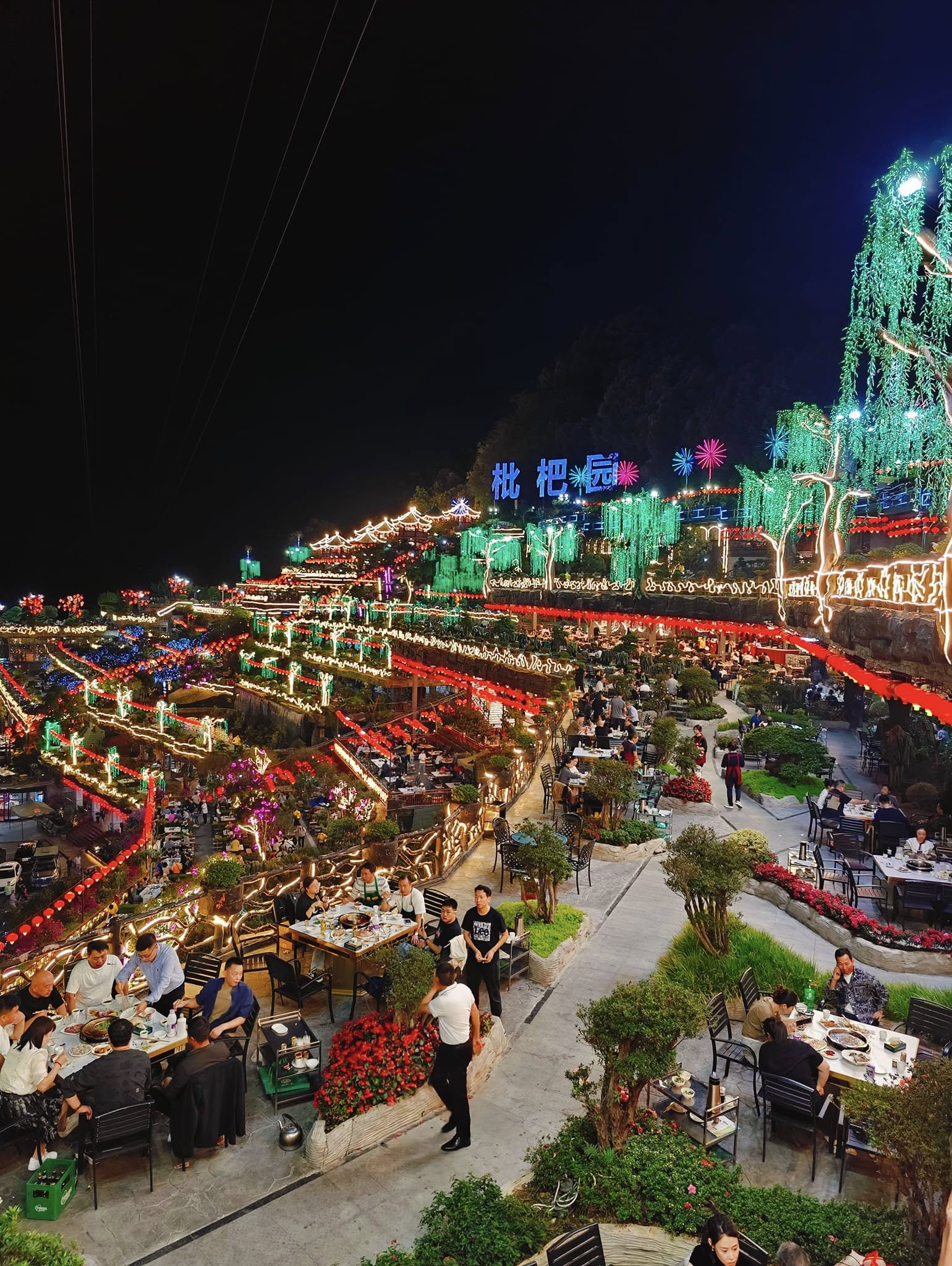
But the real magic happens outdoors. On any given night, thousands gather along the city’s dramatic riverbanks, steam rising from countless tables as diners plunge everything from tripe to duck blood into the volcanic broth. This riverside dining reflects the dish’s boatman-origin traditions, where communal eating forged bonds among laborers.
With nearly 27,000 hotpot restaurants in the city as of 2019, finding a place to burn your face off has never been easier. Just look for the crowds, listen for the sizzle, and follow the chile-induced tears.
The “numbing-spicy” (麻辣) flavor from chili oil and Sichuan peppercorns defines not just the cuisine, but the city’s rebellious spirit—a middle finger to bland conformity wrapped in a communal dining experience that turns strangers into family, one tear-inducing bite at a time.
Cover image via China Daily.

